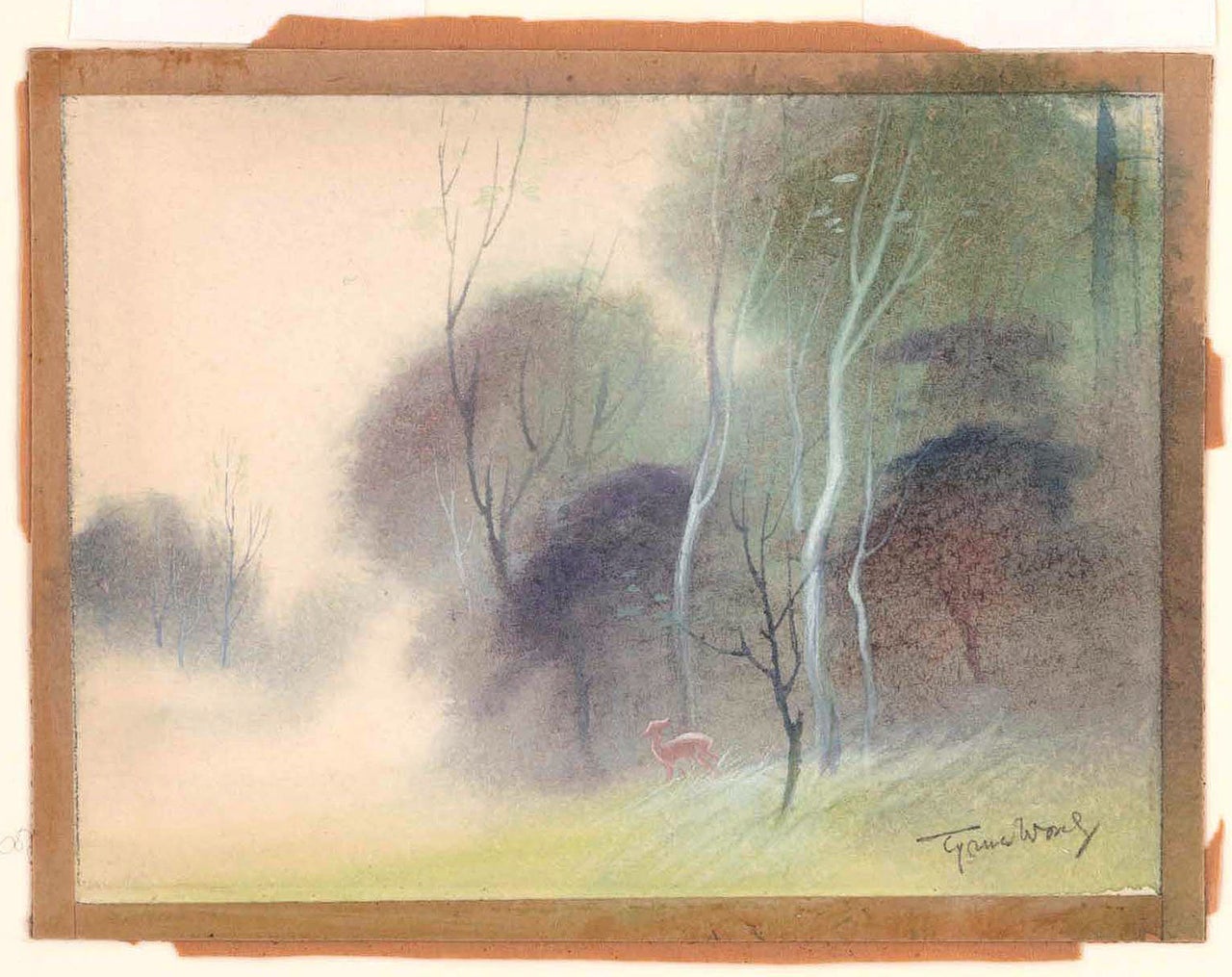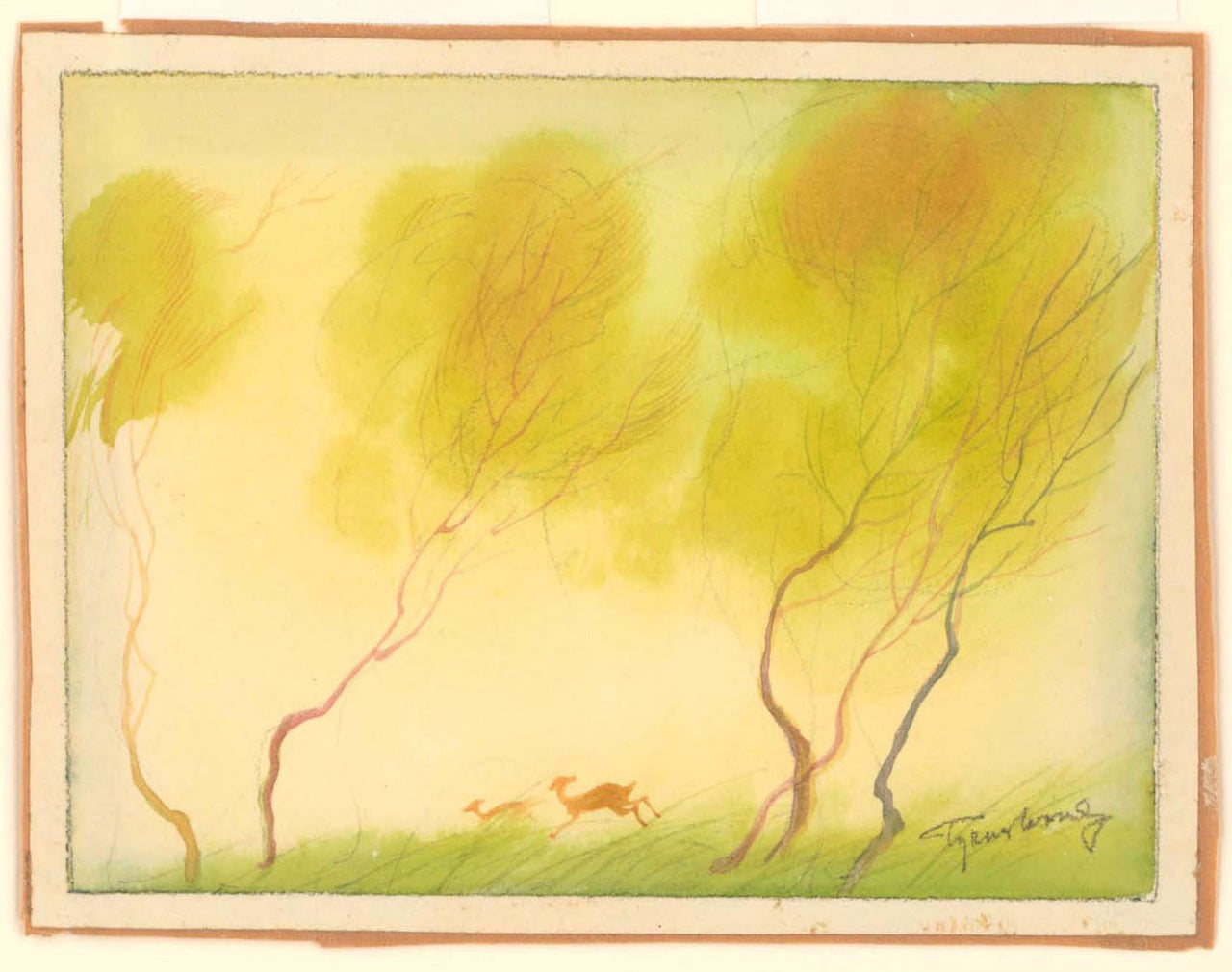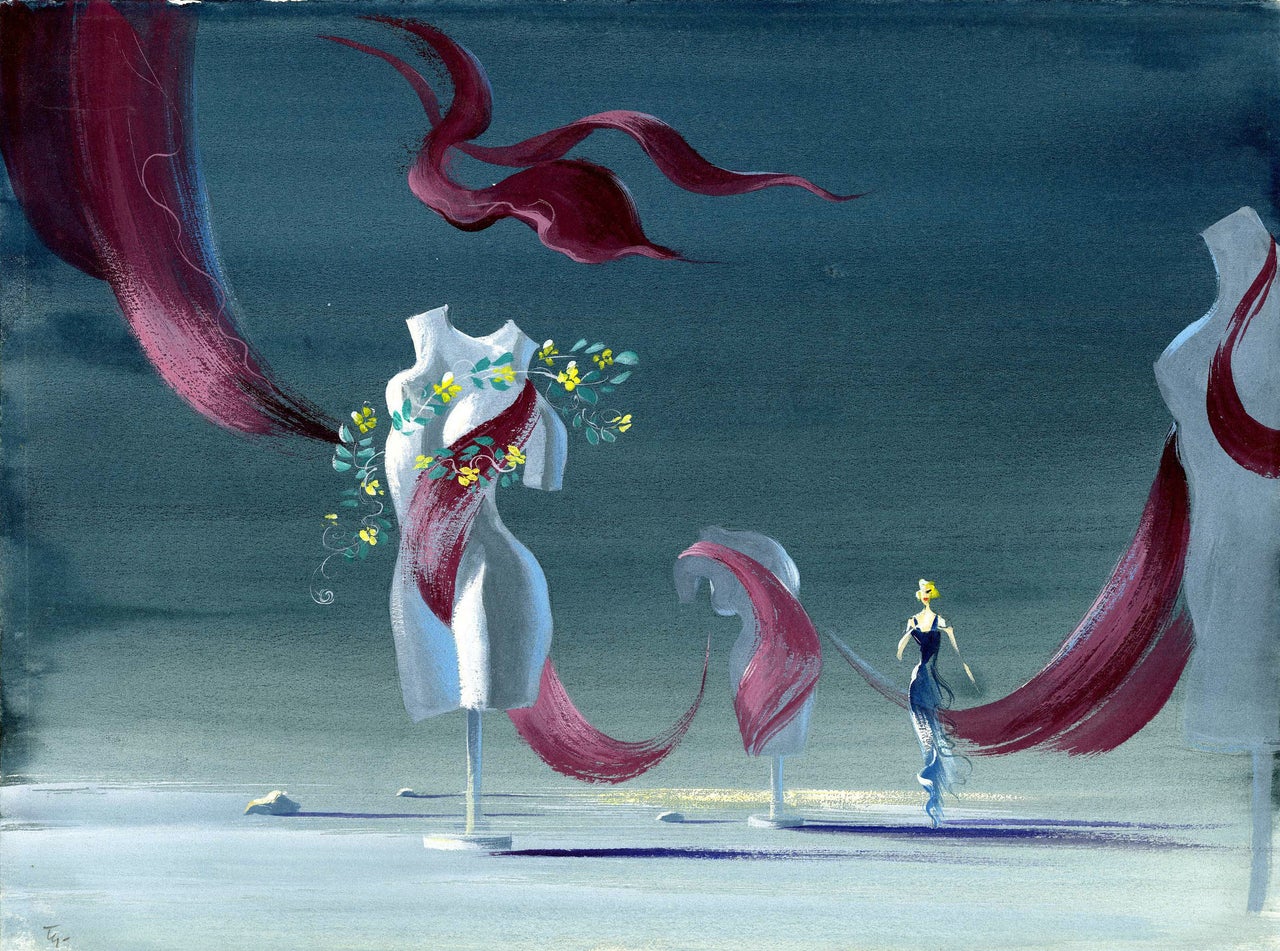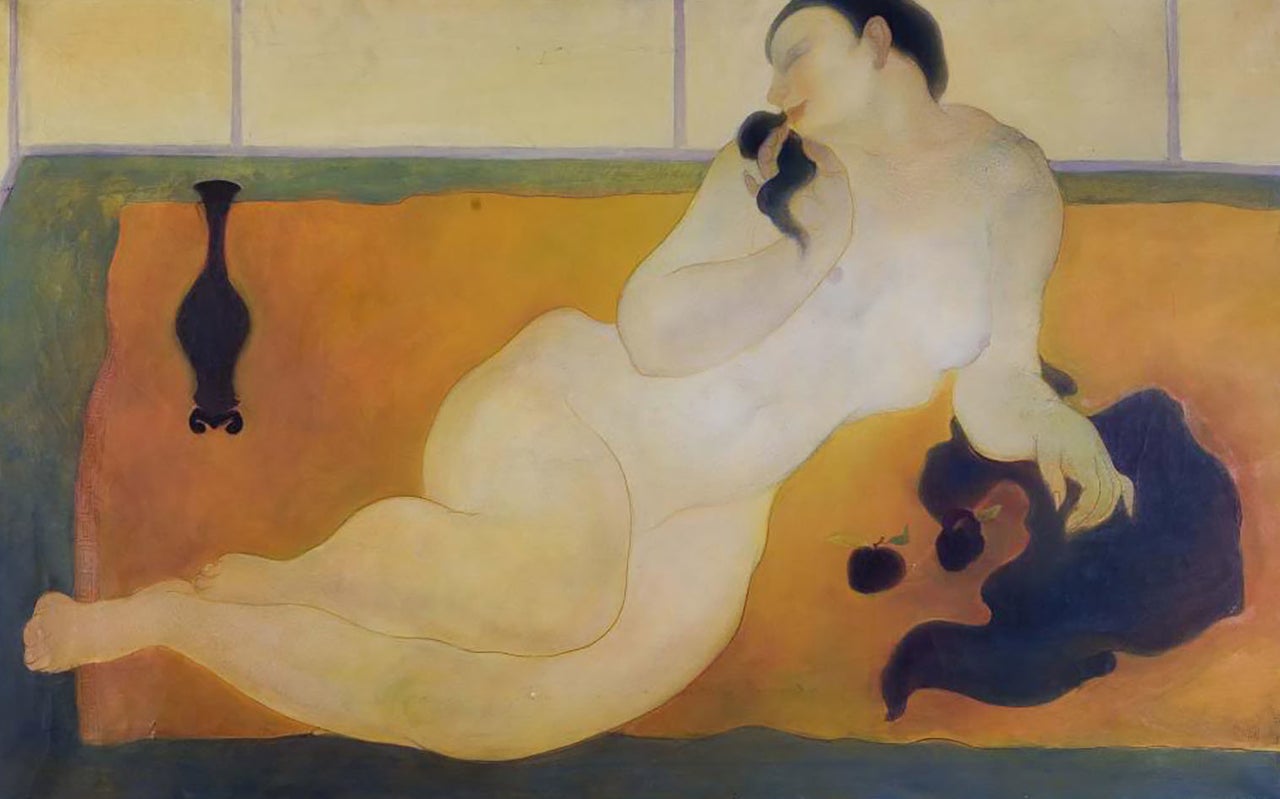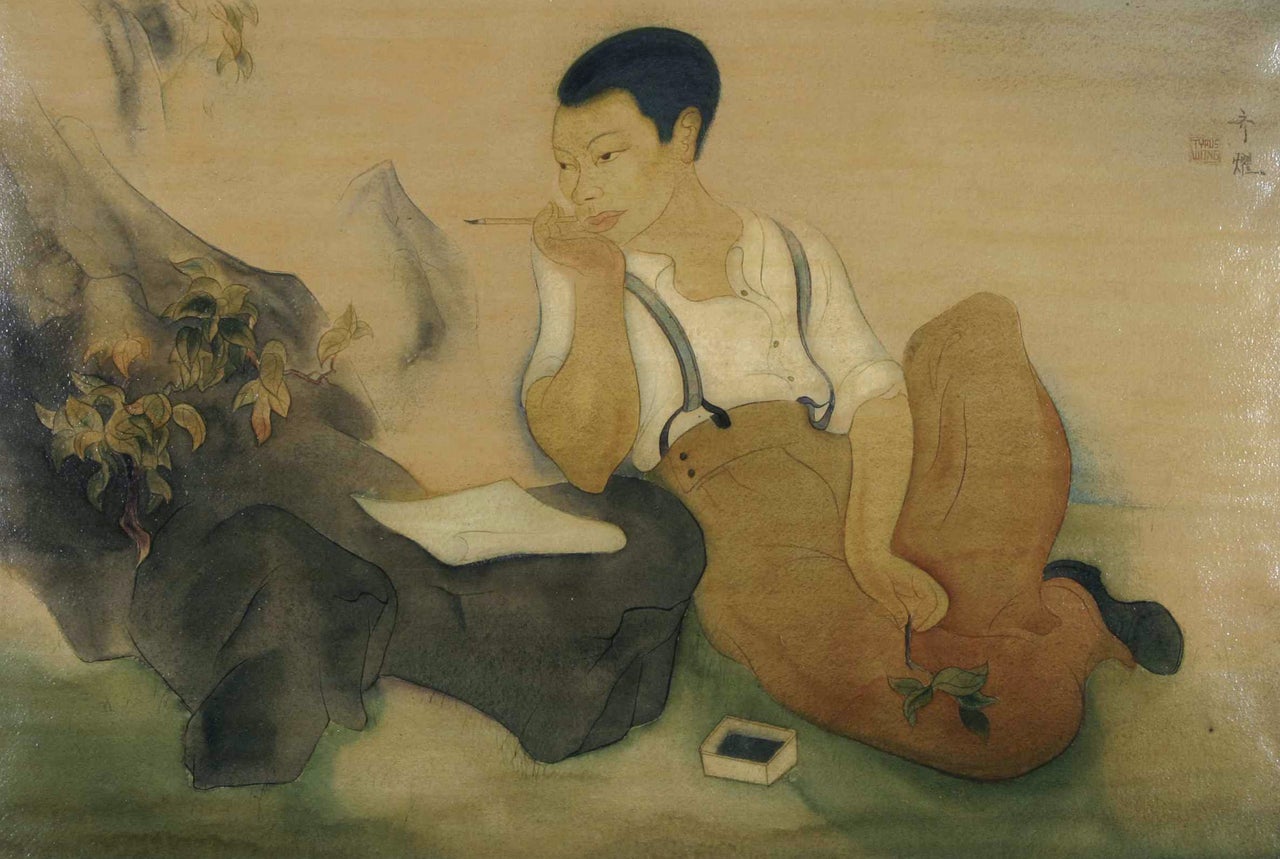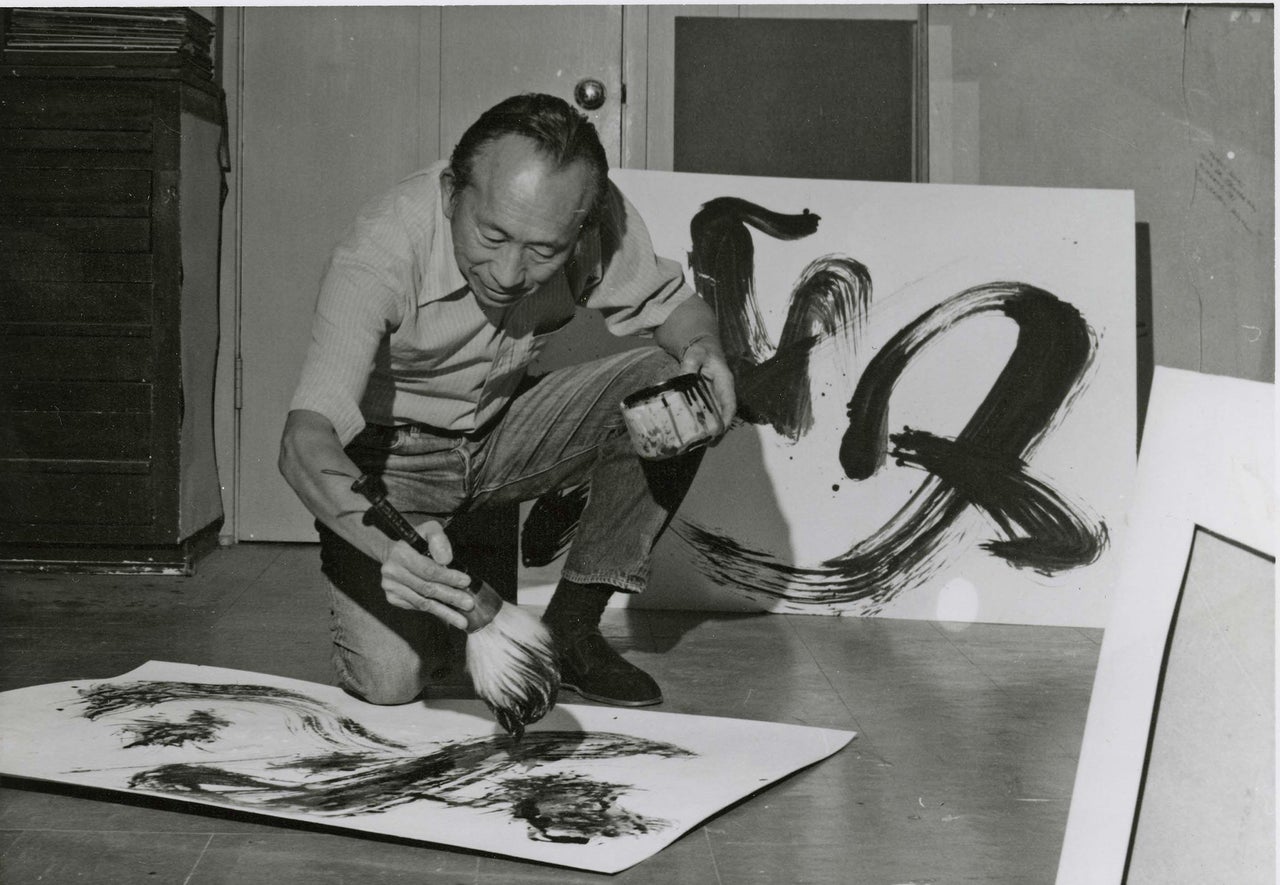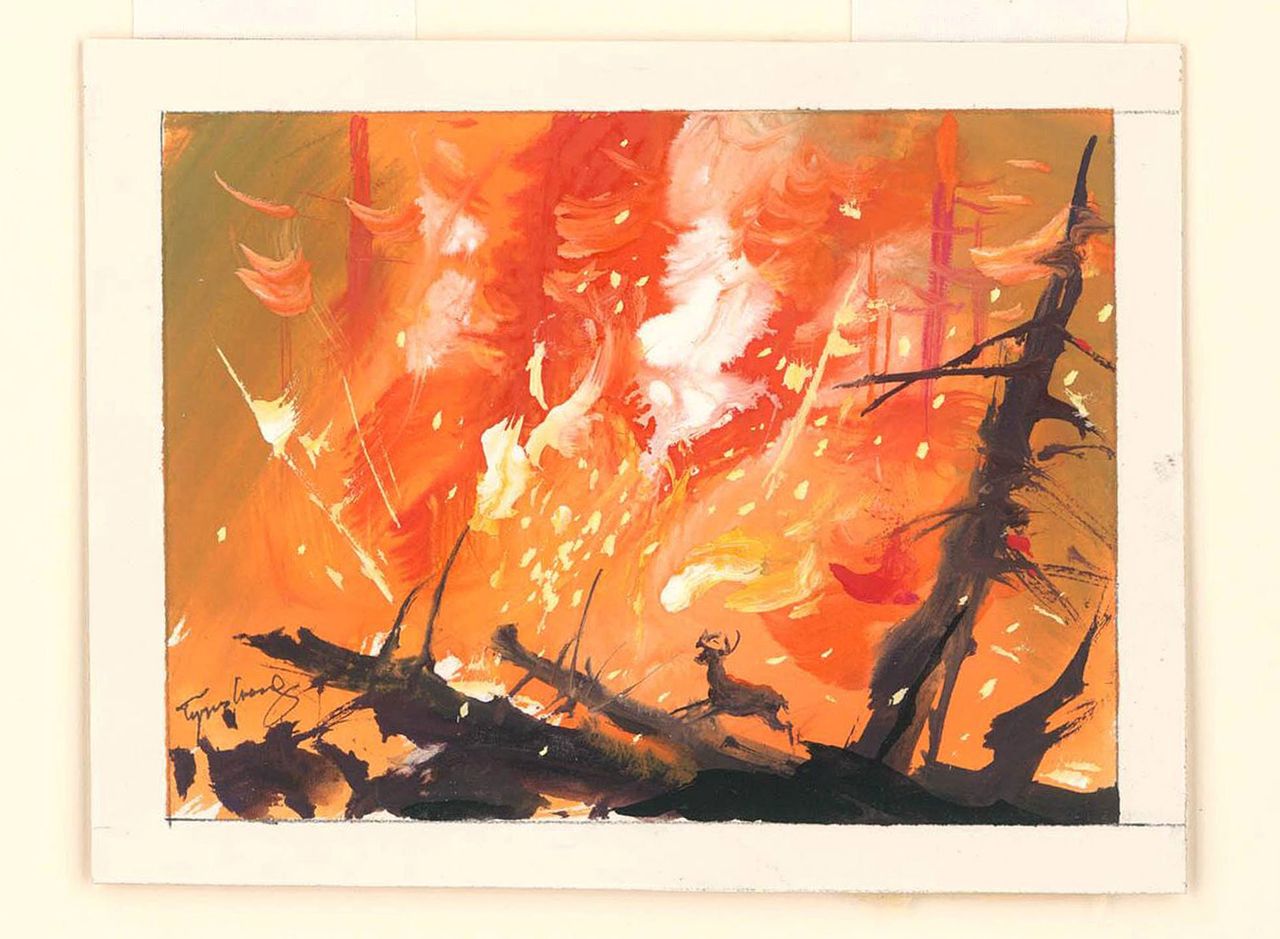Even if you’ve never heard the name Tyrus Wong before, you’ve likely seen his work. Maybe not in a museum or gallery, but you’ve probably enjoyed the late artist’s fascinating brushstrokes ― or the films that they inspired ― in the comforts of your home.
Until his death last year at the age of 106, Wong was considered America’s oldest living Chinese-American artist and one of the last remaining icons of Disney’s golden age of animation. Few people outside of his studio could identify him during his lifetime, but his art was eerily ubiquitous. Handpicked by Walt Disney to guide one of his films, Wong’s watercolor sketches formed the basis of “Bambi” and, later, Warner Bros.′ live-action movies like “Rebel without a Cause.” His calligraphic imagery wound its way onto Hallmark Christmas cards, kites and hand-painted California dinnerware. He did show in galleries and museums, too ― with greats like Pablo Picasso and Henri Matisse, no less.
And yet, it wasn’t until recently ― later in his life ― that he began receiving the recognition he deserved. It was in 1942 when he painted a minuscule buck leaping through a forest felled by blazing flames, an electric landscape that would heavily influence the World War II-era movie about a fawn who lost his mother. Seventy-five years after “Bambi,” Wong is the subject of an “American Masters” film on PBS, a documentary portrait that reveals how he overcame a harrowing immigration process and years of racism in the United States to become one of the most prolific artists in recent memory.
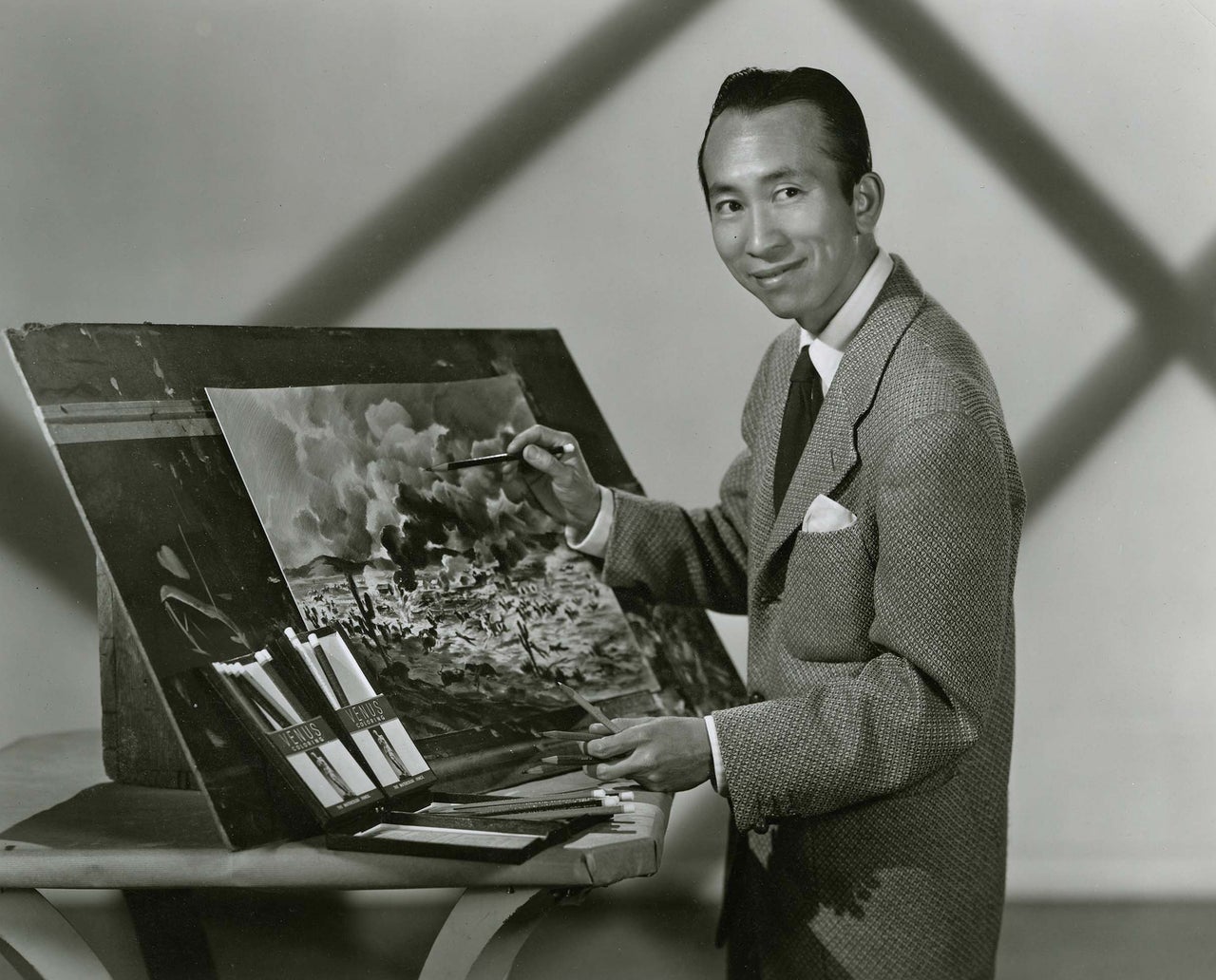
“Tyrus Wong’s story is a prime example of one of the many gaping holes in our society’s narrative on art, cinema, and Western history,” Pamela Tom, the director behind “Tyrus,” set to air on PBS Sept. 8, explained in a statement. “By telling his story, I wanted to shine light on one of America’s unsung heroes, and raise awareness of the vital contributions he’s made to American culture.”
Her 90-minute documentary follows Wong from his birth in Canton (now Guangzhou), China, to his attempts to immigrate to the United States in 1919. Detained for a month, he, along with his father, endured extensive interrogation before being allowed to enter the country, only to live in poverty once they arrived. As multiple sources in the film point out, American society in the 1920s and ’30s was not kind to Chinese-American communities ― many immigrants saw only a few options for work, including acting as laundry men, house boys or restaurant staff. And the world of animation and film, a more than unlikely field Wong fought tooth and nail to enter, was not much kinder. Described as “an old boy’s club,” Wong recounts how he was called a racial slur on his first day with Republic Pictures.
Still, his sights were ultimately set on fine art. An eventual graduate of Otis Art Institute, the animator, designer, painter and kite maker rose to the coveted status of a Disney Legend by 2001. Beyond that, his work indeed hangs in museums, his name appearing in placards next to other greats. “He had a lot of dignity, but he also felt the pangs of racism,” Tom told HuffPost in an earlier interview. “I think Tyrus represents success. He represents someone who’s a survivor, who broke these racial barriers.”
Today, immigrants in the U.S. continue to face astounding obstacles. Just a few days before the premiere of “Tyrus,” President Donald Trump and his administration initiated the termination of the Deferred Action for Childhood Arrivals protections, putting nearly 800,000 young undocumented immigrants at risk of deportation if members of Congress fail to strike a deal. Wong’s story illuminates just how difficult it is to succeed in a world that’s designed to test your limits at every turn.
“It’s so unlikely,” a voice in the film’s trailer declares of Wong’s biography, “and that’s what makes it so valuable.”
Ahead of the debut of “Tyrus,” HuffPost is premiering an exclusive clip from the “American Masters” film. For more information on the project, head to PBS.
“Tyrus” will air on PBS on Sept. 8 at 9 p.m ET. See more images of Wong’s artwork below.
